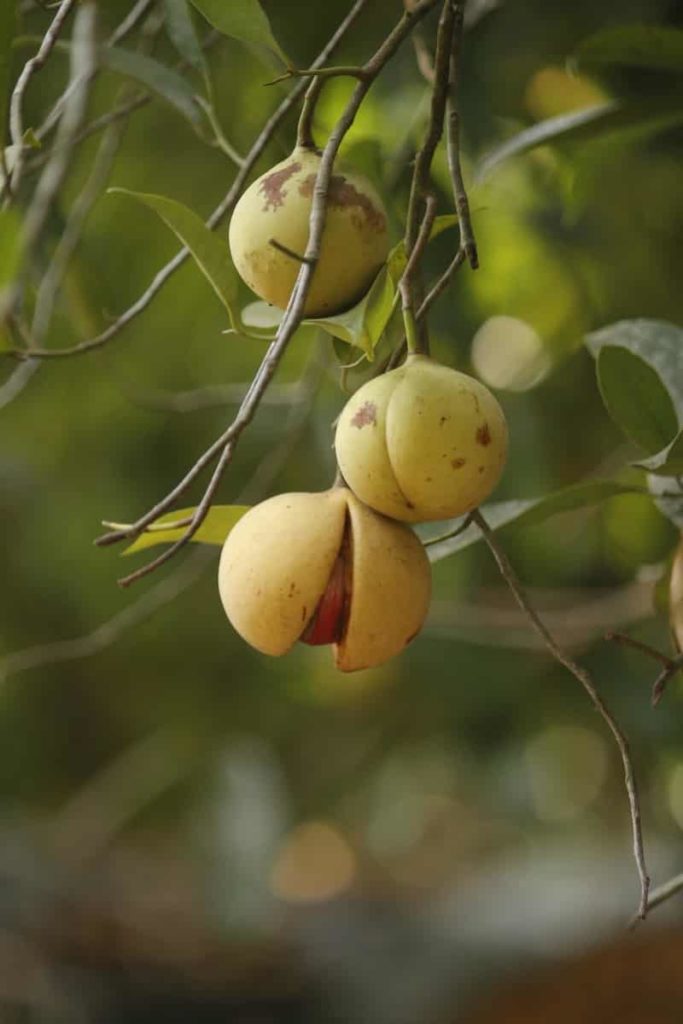Nutmeg is a tropical perennial tree grown for its seeds used as a spice. The Nutmeg tree is unique in spices. If you have provided good soil for your tree to grow, you probably won’t need to fertilize the Nutmeg tree. But you have no real way to know without knowing the quality of your soil. That’s why it’s a good idea to test your soil – it not only tells you what improvements it needs and whether it needs more fertilizer. Let’s check out the best fertilizer for Nutmeg trees.
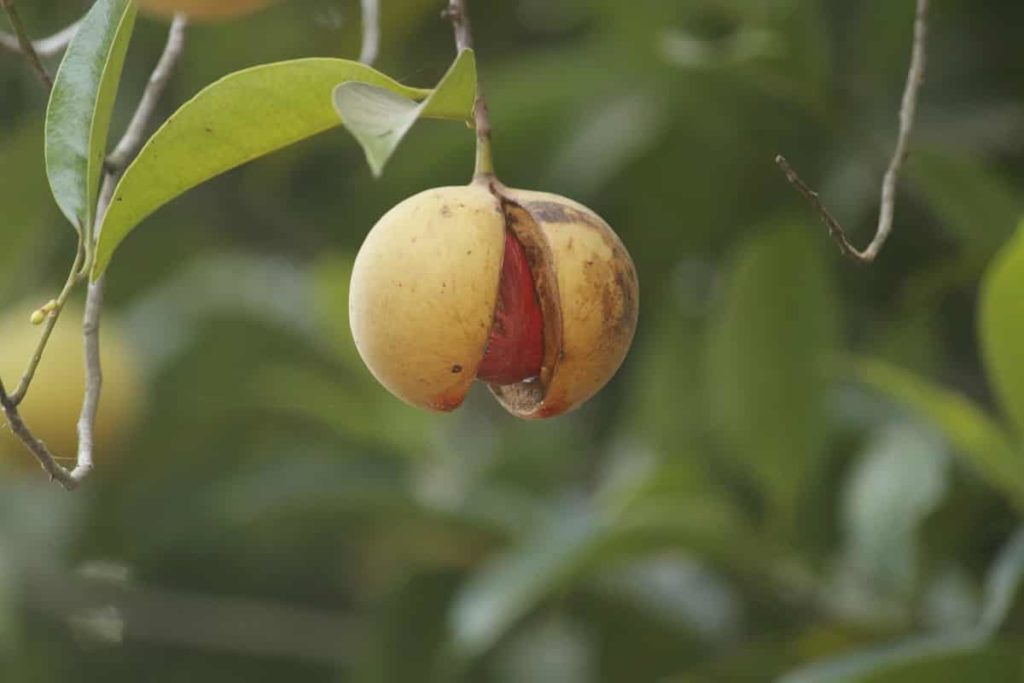
Trees will grow best in deep loamy sand rich in organic matter with a pH level between 5.5 and 7.5. The soil test will help determine if the site is suitable or if you need to modify it to eliminate nutrient deficiencies. Adding organic matter like bark chips, rotten manure, or leaves helps to improve nutritional levels and retain air and water.
Nutmeg needs well-drained soil, but they also like moist and moist, so keep the tree moist. Drying will put pressure on the Nutmeg. Applying mulch around the tree can help retain water, but do not tie it to the trunk. Otherwise, you are inviting unwanted pests and opening the tree to diseases.
Best fertilizer for Nutmeg trees
Organic fertilizers
Nutmeg requires heavy fertilizer for proper growth and production. FYM (Farmyard manure) or compost can be applied at the rate of 10 kg per plant during the first year of planting. The fertilizer application quantity should be increased every year so that a Nutmeg tree about 15 years of age or older can get 50 kg of organic manure. Reduces the incidence of soil-borne diseases and improves the availability of phosphorus and other nutrients.
In case you miss this: Nutmeg Cultivation Project Report; Cost; Profit; Yield
Fertilizer application
Fertilizer is applied in shallow trenches or pits dug around plants. About 20 grams N (40 grams urea), 18 grams P2O5 (110 grams superphosphate), and 50 grams K2O (80 grams Muriate Of Potash) are recommended during the initial year and fed slowly. Increases to 500 grams N (1090 grams urea), 250 grams P2O5 (1560 grams superphosphate), and 1000 g K2O (1670 grams muriate of potash) for fully grown trees of 15 years or more in subsequent years. Farmyard Manure is to be applied at 25 kg for 7–8-year-old trees and 50 kilograms for 15-year-old trees.
Recommended mixture – 625 kg / hectare per 10th year and thereafter (density 250 plants / hectare).
| Mixture components | Parts by weight | Nutrients in the mixture |
| Urea (46%N) | 2 | 13%N |
| Rock phosphate (28 % P2O5) | 2 | 8% P2O5 |
| Muriate of potash (K2O) | 3 | 25% K2O |
| Kieserite (24%MgO) | 1/3 | 1% MgO |
Amount of Fertilizers
Nutmeg plants require fertilizer like any other plant. Before planting, when preparing the pits, apply 10 to 12 kg of organic manure in each pit as manure and 200 grams of nitrogen. The quantity of this mixture is filled with soil. This amount of fertilizer is given to the plant continuously for three to four years. Then the amount of fertilizer should be increased along with the growth of plants. The fully prepared Nutmeg tree should be given 20 to 25 kg of dung and half a kg of chemical fertilizer annually.
In case you miss this: Nutmeg Cultivation Information Guide
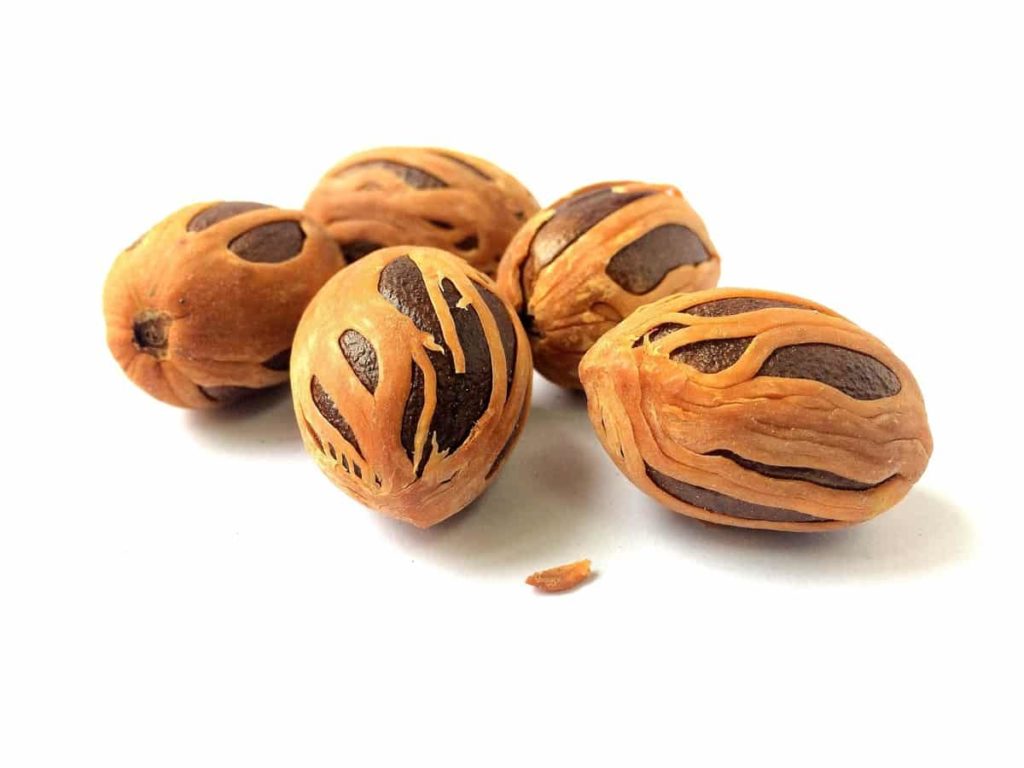
This amount of fertilizer should be applied to the plants before flowering. For this, make an enclosure around the plant, leaving a distance of two feet from the plant’s trunk, half a foot deep and one and a half to two feet wide. Fill this circle with organic and chemical fertilizers. Then put soil on it and press it. By fertilizing, all the plant roots get the same amount of fertilizer. Due to this, the plants grow well. During the first year of plant growth, fertilizer is applied to provide 20 grams of nitrogen, 18 grams of phosphorus, and 50 grams of potash per plant.
The amount of fertilizer can be gradually increased every year until the tree aged 15 years and above gets about 500 grams of nitrogen, 250 grams of phosphorus, and 1000 grams of potash per year. Fertilizers are divided into two equal amounts, the first in May-June with organic fertilizer and the second in September-October. A shallow trench is dug around each tree radius of 1 to 1.5 meters from the trunk for fertilizer application, and after application, it is covered.
Compost manure
Apply 10 kg of cattle manure or compost per seed during the first year. Then, gradually increase the amount until a tree 15 years of age or older receive 50 kg of organic manure each year.
NPK fertilizers
Apply N: P2O5: K2O @ 20:18:50 grams/plant during the first year. That could increase next year. Gradually increase the N: P2O5: K2O dose to 500: 250: 1000 g / plant/year to get the total after the 15th year. Fertilizers are divided into two equal amounts, the first in May-June with organic fertilizer and the second in September-October. A shallow trench is dug around each tree within 1 to 1.5 meters from the trunk for fertilizer application. Apply 50 grams in each of Azospirillum and Phosphobacterium one month after manuring.
Nutrient deficiencies
Nitrogen deficiency
Symptom – Nitrogen is a highly active element in plants. Therefore, when the available nitrogen in the soil is depleted, nitrogen will be transferred from the lower leaves to the growing areas. Thus, deficiency symptoms will first appear in the old and lower leaves. Early signs will change from light green to light green on the leaves. The color change begins at the tip of the old leaf. Depending on the severity of the loss, the death and fall of old leaves may occur. Early defoliation is also noticed.
In case you miss this: Intercropping In Fruit Crops – In India
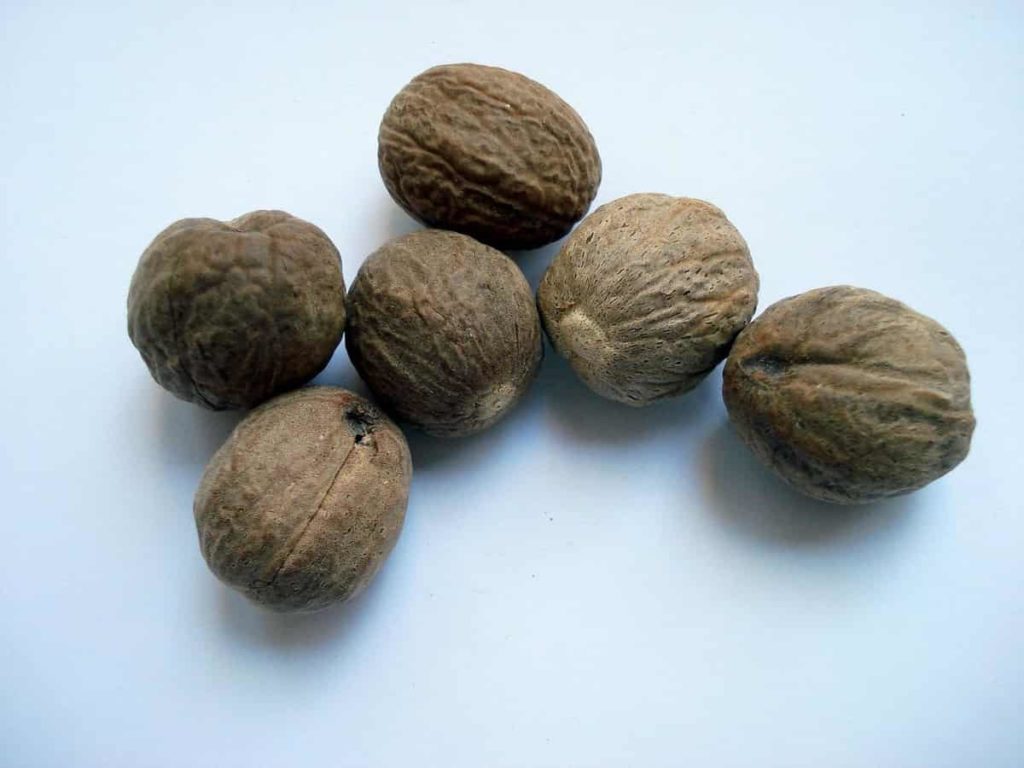
Management
Add plenty of organic matter to the soil each year. Add organic fertilizers such as Azospirillum. Check that the recommended amount of fertilizer is applied on time. Go for soil analysis and understand the extent of depletion. Then, apply nitrogen fertilizer, such as urea, in a divided quantity according to soil test results. As an immediate solution, apply urea as a foliar spray (10 g / liter of water) once in 15 days until the deficiency is complete. Periodic use of organic growth promoters is also beneficial.
Phosphorus Deficiency
Symptoms
Phosphorus is very much needed for root development. In poor conditions, root development will be affected. It results in a lack of essential nutrients. Symptoms of deficiency will first appear in the old and lower leaves. Older leaves will have brown spots.
Management
Phosphorus is best absorbed from roots in the pH range of 6.5-7.5. So, adjust the pH in acidic soil by adding lime/dolomite. Add biofertilizers containing phosphorus-soluble bacteria to organic manure to increase phosphorus availability. Check that the recommended amount of fertilizer is applied on time. Excess iron and zinc can also cause phosphorus deficiency symptoms. Go for soil analysis and understand the extent of depletion. According to the soil test report, apply single superphosphate for immediate accuracy or bone meal or rock phosphate for long-term accuracy.
In case you miss this: Organic Horticulture Farming – Principles, Cultivation In India
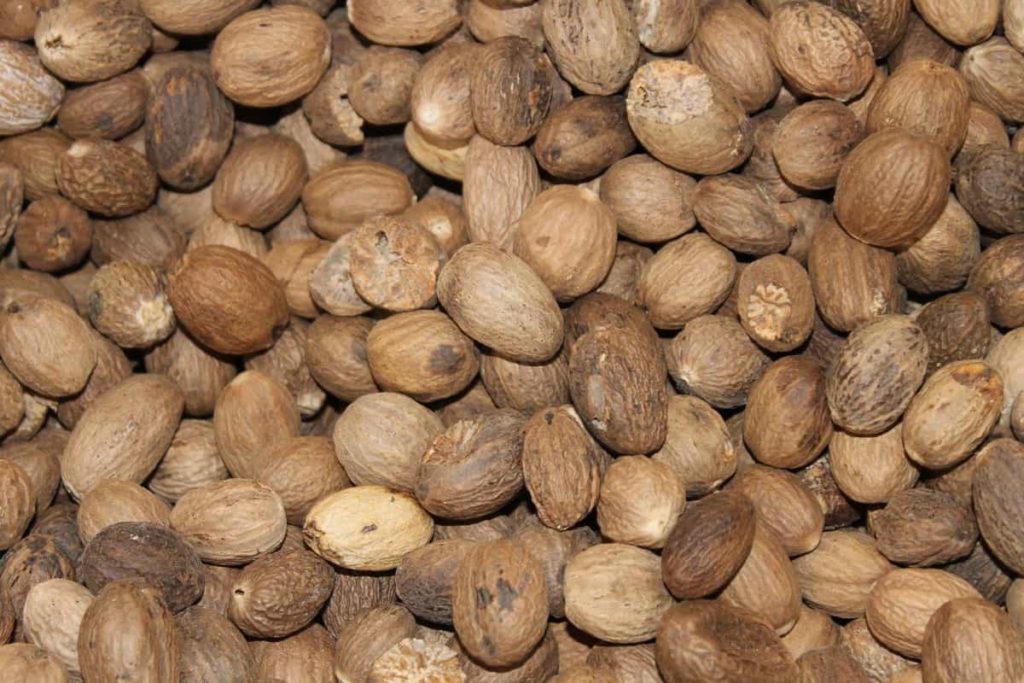
Potassium deficiency
Symptoms
Potassium is a highly active element in plants. Therefore, deficiency symptoms will first appear in the old and lower leaves. Symptoms begin as white, yellow, or orange chlorotic spots or stripes on older leaves, beginning with leaf tips and margins. In some cases, irregularly distributed chlorotic spots appear, but in all cases, the symptoms begin at the tip of the leaf. The base of the leaf is dark green color. It is followed by the browning of the leaf margins and necrosis.
Management
The maximum availability of potassium is above soil pH 6.0. So, correct the pH of the soil by adding lime/dolomite to the acidic soil. Add organic matter and wood ash to the soil. Apply organic fertilizer containing potash activating bacteria to remove irreplaceable potassium from the soil. Check that the recommended amount of potash fertilizer is applied on time. Go for soil analysis and understand the extent of depletion. Then, apply Muriate of Potash (MOP) as per soil test report. A split application is more beneficial. As an immediate solution, apply sulfate of potash (SOP) with foliar spray (10 grams per liter of water) in the morning with moisturizing agents.
Calcium deficiency
Symptoms
It is an immobile element in plants. Therefore, calcium deficiency is mainly seen in growing places and small leaves. Early symptoms will be browning the growing heads of roots and leaves and necrosis. In addition, the young branches show signs of dying.
In case you miss this: Horticulture Subsidy, NABARD Schemes, How to Apply
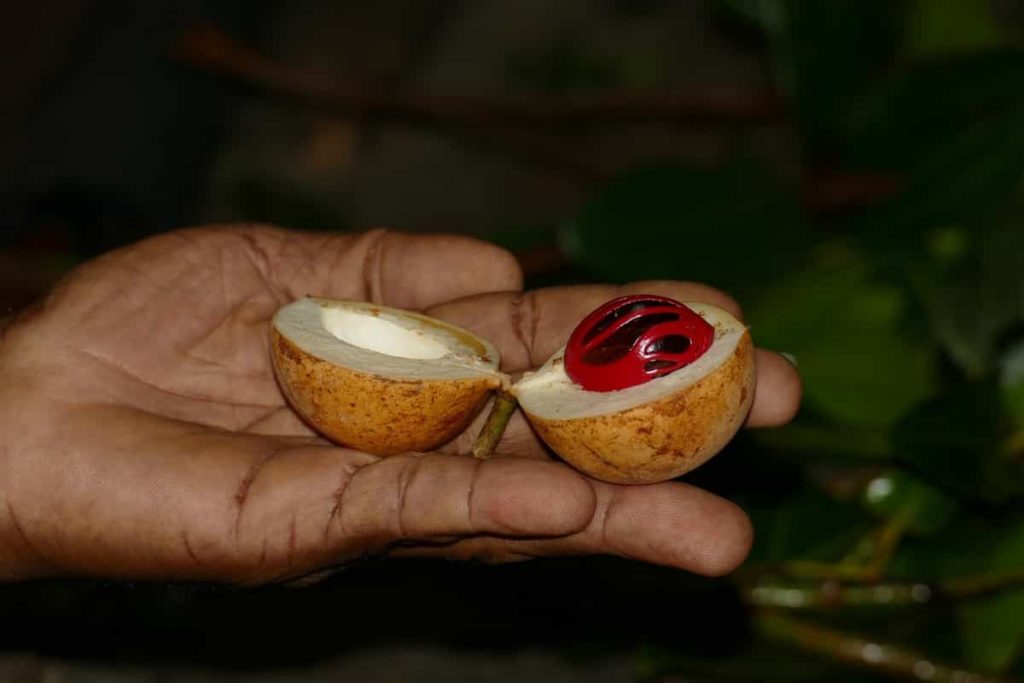
Management
Check the pH of the soil. If the soil is acidic, apply lime (0.5-1 kg/plant 40 m2 in two doses). Dolomite can be used as a cheap alternative to lime. High levels of phosphorus can also lead to calcium deficiency. Use gypsum in alkaline soils. Therefore, its availability should be ensured at all times. Boron is needed to use calcium. Thus, deficiency of boron can also lead to calcium deficiency.
- Economical Aquaculture: A Guide to Low-Budget Fish Farming
- 15 Common Planting Errors That Can Doom Your Fruit Trees
- How to Make Houseplants Bushy: Effective Tips and Ideas
- Innovative Strategies for Boosting Coconut Pollination and Yield
- Pollination Strategies for Maximum Pumpkin Yield
- The Complete Guide to Chicken Fattening: Strategies for Maximum Growth
- Natural Solutions for Tulip Problems: 100% Effective Remedies for Leaf and Bulb-Related Issues
- Revolutionizing Citrus Preservation: Towards a Healthier, Greener Future
- Natural Solutions for Peony Leaf and Flower Problems: 100% Effective Remedies
- Maximizing Profits with Avocado Contract Farming in India: A Comprehensive Guide
- Natural Solutions for Hydrangea Problems: 100% Effective Remedies for Leaf and Flowers
- The Ultimate Guide to Choosing the Perfect Foliage Friend: Bringing Life Indoors
- From Sunlight to Sustainability: 15 Ways to Use Solar Technology in Agriculture
- The Ultimate Guide to Dong Tao Chicken: Exploring from History to Raising
- The Eco-Friendly Makeover: How to Convert Your Unused Swimming Pool into a Fish Pond
- Mastering the Art of Delaware Chicken Farming: Essentials for Healthy Backyard Flocks
- 20 Best Homemade Fertilizers for Money Plant: DIY Recipes and Application Methods
- How to Craft a Comprehensive Free-Range Chicken Farming Business Plan
- Brighten Your Flock: Raising Easter Egger Chickens for Beauty and Bounty
- How to Optimize Your Poultry Egg Farm Business Plan with These Strategies
- Subsidy for Spirulina Cultivation: How Indian Government Schemes Encouraging Spirulina Farmers
- Ultimate Guide to Raising Dominique Chickens: Breeding, Feeding, Egg-Production, and Care
- Mastering the Art of Raising Jersey Giant Chickens: Care, Feeding, and More
- Ultimate Guide to Raising Legbar Chickens: Breeding, Farming Practices, Diet, Egg-Production
- How to Raise Welsummer Chickens: A Comprehensive Guide for Beginners
- How to Protect Indoor Plants in Winter: A Comprehensive Guide
- Ultimate Guide to Grow Bag Gardening: Tips, Tricks, and Planting Ideas for Urban Gardeners
- Guide to Lotus Cultivation: How to Propagate, Plant, Grow, Care, Cost, and Profit
- Agriculture Drone Subsidy Scheme: Government Kisan Subsidy, License, and How to Apply Online
- Ultimate Guide to Raising Araucana Chickens: Breed Profile, Farming Economics, Diet, and Care
- Bringing Hydroponics to Classroom: Importance, Benefits of Learning for School Students
- Ultimate Guide to Raising Polish Chickens: Breed Profile, Farming Economics, Diet, and Care
- Ultimate Guide to Raising Australorp Chickens: Profile, Farming Economics, Egg Production, Diet, and Care
- Silkie Chicken Farming: Raising Practices, Varieties, Egg Production, Diet, and Care
- Sussex Chicken Farming: Raising Practices, Varieties, Egg Production, Diet and Care
- Homemade Feed Formulations for Livestock: Discover Cost-effective Starter to Finisher Feed Recipes
